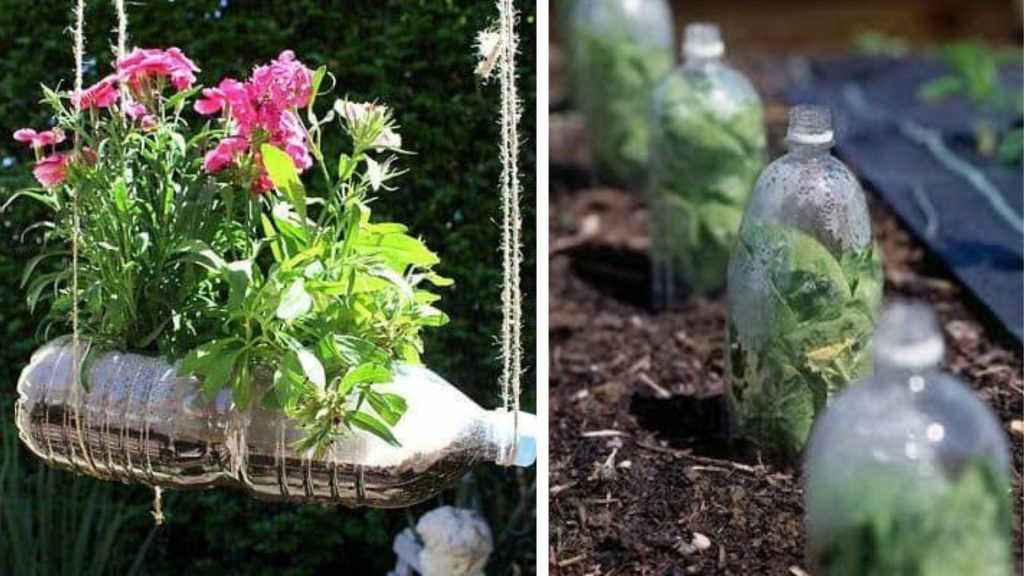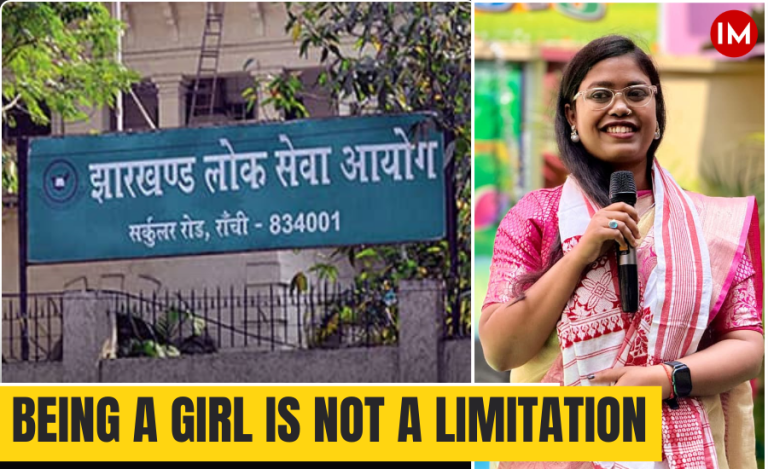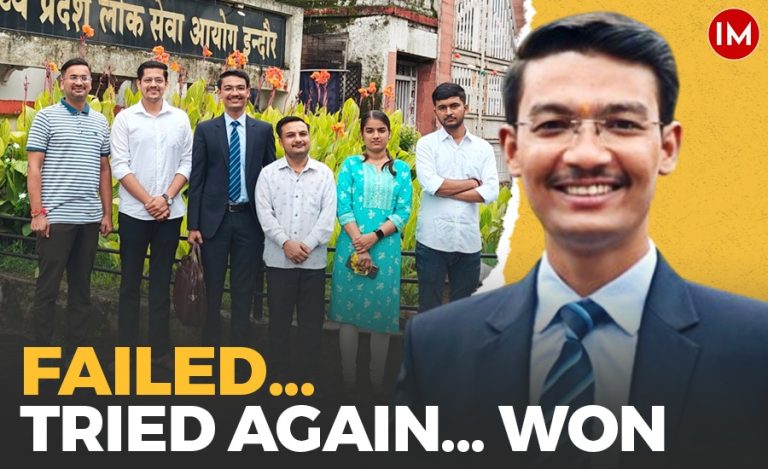West Bengal Civil Service Officer Tomojit Chakraborty, who is posted in Paschim Bardhaman as District Panchayat and Rural Development Officer, believes in bringing environmental awareness and change through community participation. Whether it is saving the ecology of Ramnagar and making it a great destination for coastal tourism, or executing an open defecation free movement in Cooch Behar, he has always initiated the changes at the grassroot level through small but ingenious methods that leave a big impact.
One such initiative was encouraging young girls to grow plants in bottles. The mission was unique simply because seven lakh plants in bottles came up! In an interaction with Indian Masterminds, the officer talked about the plant-in-a-bottle mission and more.
SEVEN LAKHS PLANTS IN BOTTLES
Growing plant in a bottle is not something new or unique. People do it all the time in their homes. A money plant growing in water in a bottle adorns many a living room or office chamber. However, today, we are going to talk about mass growing of plants in bottles, and what makes it unique is the sheer number. A whooping 7 lakhs plants were grown in bottles in a district! And it all started with combining social and environmental awareness for a good cause.
For three years, the engineer-turned-civil service officer, Tomojit Chakraborty, was posted in Cooch Behar as the District Project Manager of `Kanyashree’, a West Bengal government programme to help families from poor socio-economic background with cash, so that they don’t marry off their girl children before the age of 18.
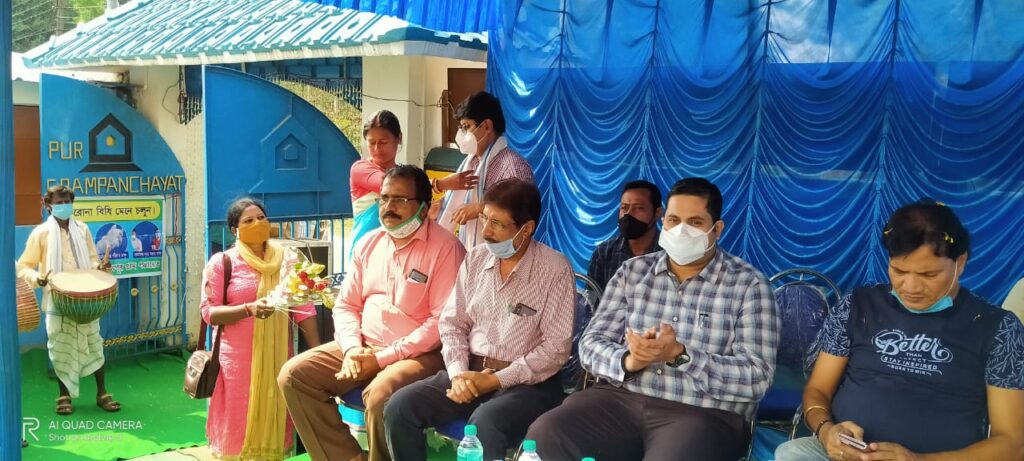
During this time, the officer was also trying to increase the greenery in the district. So, he thought up a plan to amalgamate both the Kanyashree programme and his green cover plan. He started involving the girls under the Kanyashree project to grow plants in bottles. He taught them how to do it and encouraged all to participate with great enthusiasm and make it a mission. And the mission was successful in the sense that seven lakh plants started thriving and growing in bottles.
“With the ongoing industrialisation, lakhs of trees are being chopped off and there are various constraints to re-grow forests. We have to find other ways to increase the greenery at every stage. I saw a video of a man in Africa growing plants in bottles, and it inspired me. I took the help of girls so that they could be the champion of change and launched this activity as a movement,” Mr. Chakraborty said of his plant-in-a-bottle campaign.
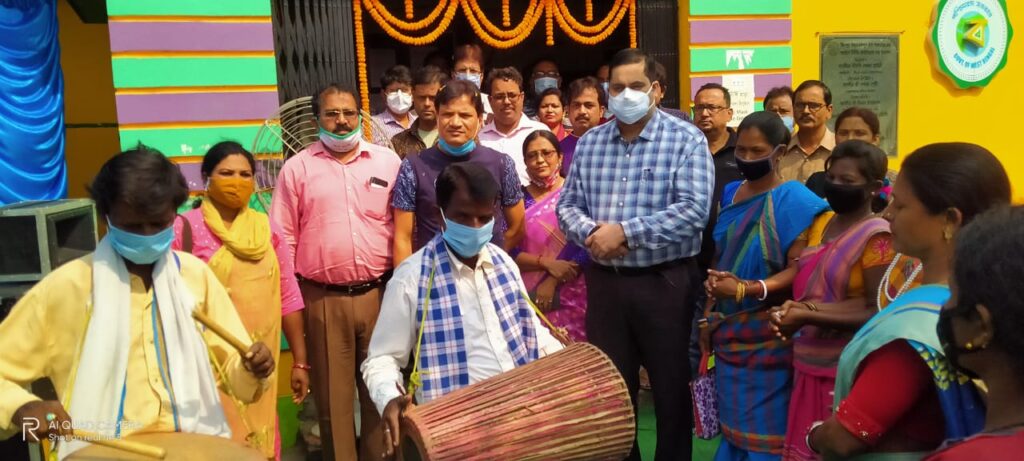
RECOGNISING DANGERS FROM UNPLANNED MINING
Other than initiating environment-friendly projects, Mr. Chakraborty is also working towards averting disasters in his work district, which is known for its mines. Right now, he is working on incorporating disaster mitigation in the annual panchayat development programmes. Explaining the need for it, he said, “Paschim Bardhaman is full of mines and is vulnerable to disasters and hazards of all kinds. It’s therefore very important to have disaster mitigation strategy in place. I am working towards bringing all the panchayat level officers and representatives to recognise mine-related disaster as mainstream risk and include it in our gram panchayat development programmes.”
These are just two of the programmes initiated by Mr. Chakraborty in Paschim Bardhaman in his capacity as the District Panchayat and Rural Development Officer. Many other plans are in the pipeline. Wherever he is posted, the officer initiates and brings about social and environmental changes through effective implementation of thoughtful and farsighted plans and programmes.

